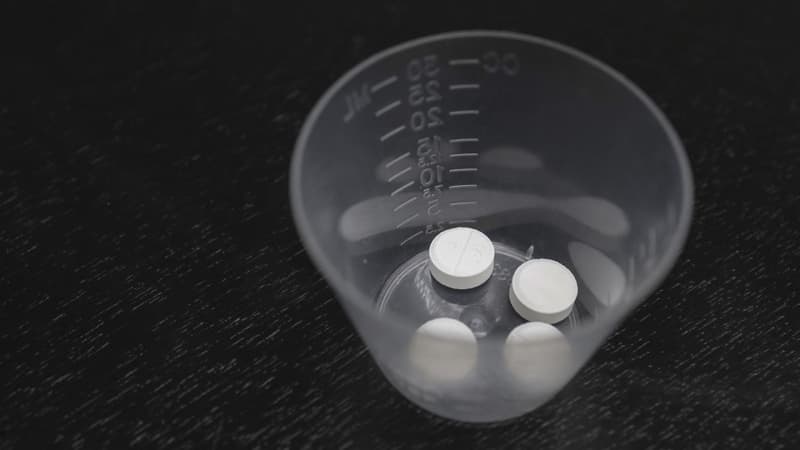Since this new treatment, Maxime has come back to life. This 11-year-old boy from the Mulhouse region, on the Upper Rhine, has suffered from a genetic abnormality since birth that causes a “noxious substance” to be secreted throughout his body, his parents explain. Parisian. This substance retarded his cognitive development and for a long time restricted many of his physical abilities. As a result, for years Maxime was plagued with excruciating pain every day.
But in 2019, doctors at the Gustave-Roussy Institute of Oncology in Villejuif, Val-de-Marne, offered the little boy’s family a treatment that is usually reserved only for adults suffering from certain types of cancer. Since then, the boy’s condition has improved significantly.
“All changed”
With all other treatments failing, the specialists wanted to “try” giving Maxime a daily tablet of enasidenib, a drug used for acute leukemia caused by an “IDH2 gene abnormality” in adults, explains Birgit Geoerger, a pediatric oncologist. at this world-renowned hospital.
This abnormality is also the source of Maxime’s metabolic syndrome, D-2 hydroxyglutaric aciduria, simplified to D-2-HGA. Therefore, the doctors thought that even if the evil did not take the same form in Maxime, its source could be attacked in the same way.
“Overnight, everything changed,” says Samantha, Maxime’s mother.
Maxime’s severe constipation has disappeared and the severe, life-threatening heart pain has subsided. She also gained ten pounds and muscle, going from a frozen boy whose condition was a constant source of anxiety for his parents to an active child. However, he is not cured: he still suffers from severe scoliosis, only masters a small range of words, and is unable to perform actions on his own.
medical revolution
Maxime is the first child in the world to receive treatment with enasidenib to treat D-2-HGA. The very promising results that have been observed have been the subject of a study recently published in the prestigious scientific journal NatureScience.
“Until then, I thought there were a few dozen cases in the world, but since the publication I have been receiving emails from families and doctors from all over the world, Greece, Spain, New Zealand, Israel…”, he shared with Parisina. Birgit Georger.
An 8-year-old Swedish woman suffering from the same syndrome showed significant signs of improvement after starting her treatment with enasidenib in 2021. A 6-month-old Norwegian woman will soon be treated in the same way at Villejuif.
On the scale of the evolution of the disease, the start of treatment for Maxime, after “7 years as a sandwich”, in the words of his father Stéphane, it was already too late to hope to cancel the symptoms. For Birgit Geoerger, with previous treatment, “we have real hope.”
Source: BFM TV


